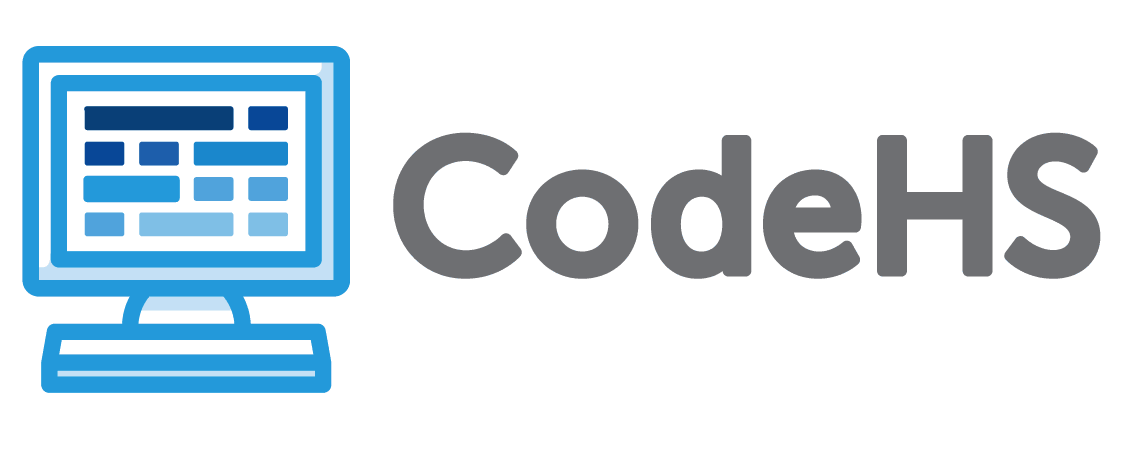- What is CodeHS?
- Curriculum
- Platform
- Assignments
- Classroom Management
- Grading
- Gradebook
- Progress Tracking
- Lesson Plans
- Offline Handouts
- Problem Guides
- Practice
- Create
- Problem Bank
- Playlist Bank
- Quiz Scores
- Rostering
- Integrations
- Professional Development
- Stories
- Standards
- States
- Alabama
- Alaska
- Arizona
- Arkansas
- California
- Colorado
- Connecticut
- D.C.
- Delaware
- Florida
- Georgia
- Hawaii
- Idaho
- Illinois
- Indiana
- Iowa
- Kansas
- Kentucky
- Louisiana
- Maine
- Maryland
- Massachusetts
- Michigan
- Minnesota
- Mississippi
- Missouri
- Montana
- Nebraska
- Nevada
- New Hampshire
- New Jersey
- New Mexico
- New York
- North Carolina
- North Dakota
- Ohio
- Oklahoma
- Oregon
- Pennsylvania
- Rhode Island
- South Carolina
- South Dakota
- Tennessee
- Texas
- Utah
- Vermont
- Virginia
- Washington
- West Virginia
- Wisconsin
- Wyoming
- State Standards
- Plans
- Resources
- Districts
- Share
- Contact Us
- Company

New Jersey K-2 Computer Science and Design Thinking Framework
Standards
| Standard | Description | |
|---|---|---|
| 8.1.2.CS.1 | Select and operate computing devices that perform a variety of tasks accurately and quickly based on user needs and preferences. | Lessons |
| 8.1.2.CS.2 | Explain the functions of common software and hardware components of computing systems. | Lessons |
| 8.1.2.CS.3 | Describe basic hardware and software problems using accurate terminology. | Lessons |
| 8.1.2.NI.1 | Model and describe how individuals use computers to connect to other individuals, places, information, and ideas through a network. | Lessons |
| 8.1.2.NI.2 | Describe how the Internet enables individuals to connect with others worldwide. | Lessons |
| 8.1.2.NI.3 | Create a password that secures access to a device. Explain why it is important to create unique passwords that are not shared with others. | Lessons |
| 8.1.2.NI.4 | Explain why access to devices need to be secured. | Lessons |
| 8.1.2.IC.1 | Compare how individuals live and work before and after the implementation of new computing technology. | Lessons |
| 8.1.2.DA.1 | Collect and present data, including climate change data, in various visual formats. | Lessons |
| 8.1.2.DA.2 | Store, copy, search, retrieve, modify, and delete data using a computing device. | Lessons |
| 8.1.2.DA.3 | Identify and describe patterns in data visualizations. | Lessons |
| 8.1.2.DA.4: | Make predictions based on data using charts or graphs. | Lessons |
| 8.1.2.AP.1 | Model daily processes by creating and following algorithms to complete tasks. | Lessons |
| 8.1.2.AP.2 | Model the way programs store and manipulate data by using numbers or other symbols to represent information. | Lessons |
| 8.1.2.AP.3 | Create programs with sequences and simple loops to accomplish tasks. | Lessons |
| 8.1.2.AP.4 | Break down a task into a sequence of steps. | Lessons |
| 8.1.2.AP.5 | Describe a program’s sequence of events, goals, and expected outcomes. • | Lessons |
| 8.1.2.AP.6 | Debug errors in an algorithm or program that includes sequences and simple loops. | Lessons |
- What is CodeHS?
- Curriculum
- Platform
- Assignments
- Classroom Management
- Grading
- Gradebook
- Progress Tracking
- Lesson Plans
- Offline Handouts
- Problem Guides
- Practice
- Create
- Problem Bank
- Playlist Bank
- Quiz Scores
- Rostering
- Integrations
- Professional Development
- Stories
- Standards
- States
- Alabama
- Alaska
- Arizona
- Arkansas
- California
- Colorado
- Connecticut
- D.C.
- Delaware
- Florida
- Georgia
- Hawaii
- Idaho
- Illinois
- Indiana
- Iowa
- Kansas
- Kentucky
- Louisiana
- Maine
- Maryland
- Massachusetts
- Michigan
- Minnesota
- Mississippi
- Missouri
- Montana
- Nebraska
- Nevada
- New Hampshire
- New Jersey
- New Mexico
- New York
- North Carolina
- North Dakota
- Ohio
- Oklahoma
- Oregon
- Pennsylvania
- Rhode Island
- South Carolina
- South Dakota
- Tennessee
- Texas
- Utah
- Vermont
- Virginia
- Washington
- West Virginia
- Wisconsin
- Wyoming
- State Standards
- Plans
- Resources
- Districts
- Share
- Contact Us
- Company
